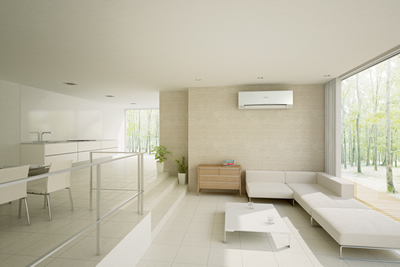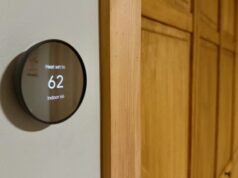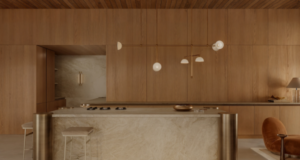
Because we don’t directly ‘see’ ventilation, we don’t often think about it – but well-planned ventilation’s an absolutely vital part of a healthy house. Find out why…
Heat from the sun enters houses in four ways:
1. Radiant heat transfer from roofing material to attic air, which in turn can re-radiate through the ceiling.
2. Entry of certain wavelengths of light through glass windows.
3. Radiant heat transfer from the building materials used for walls.
4. Hot air simply entering through open windows, doors, cracks etc.

Once heat enters your home, it can be slow to dissipate if there’s no way for air to escape. Even with evening temperatures dropping by 10ºC below the temperature inside a house, it can take ages for the house to cool. If the temperature inside remains high during the evening, the house will quickly heat up the next day too.
How ventilation works
Ventilation is particularly important for the purpose of cooling. The best ventilation systems work by taking warm air out of the home between 6pm and 3am, and replacing it with cooler air. This is called an ‘air change’. As the temperature heats up outside during the day, you then lock up your house to stop heat from coming in. This can be achieved by shading using awnings, curtains, blinds or other mechanisms.
Air changes are also an extremely important way to help maintain ‘air quality’ in your home. A lack of ventilation in your house (or even in parts of your house) can be quite bad for your health.
Air changes per hour
The number of air changes you need per hour depends on the volume, position and surroundings of your home. The amount you can achieve depends on the flow rate of your ventilators. In a typical brick-veneer home that features eaves and has trees near the windows, around two to three air changes per hour should be enough. This can usually be achieved with four or five wind-driven whirlybird ventilators, or two powered ventilators, which can move up to 2,400 cubic metres of air an hour.
In an older style home with no eaves or trees, you may need up to five changes an hour. The higher the ventilation rate, the better the conditions. But there is a limit. After a certain point, regardless of how much money you spend, there is an optimal level of ventilation for every home. This is determined by the volume of air in the home, shading, trees, and insulation.
What you need to know
Before you plan a ventilation system for your home, you need to know the volume of air in your home and compare that to the capacity of a ventilator. That is, you need to ask how many cubic metres of air needs to be moved each hour, and what sort of mechanisms will allow two to three air changes an hour in your home.
These are the vital calculations. Keep in mind though that when it comes to ventilation it really is a case of getting what you pay for. Whirlybird vents, for example, can be bought for around $50, but you shouldn’t expect to get ‘air conditioning’ type results from them. It just doesn’t happen. Some newer hybrid ventilation systems can move up to 2,400 cubic metres of air per hour while only consuming 40W of power. This, however, can easily cost a couple of thousand dollars. The trick is to find a cost-effective balance – and one that will work in harmony with any other heating and cooling measures you’ve got in place.
If you’re considering building a passively heated or cooled house, ventilation’s a tricky concern because of the fact that your house will be more or less airtight. In many cases this will require some carefully planned mechanical ventilation (such as an energy recovery ventilator).
Ventilation and air conditioning
Air conditioning in general is a far better manager of climate control than ventilation. However, if you team the two together, controlled ventilation (teamed with good insulation) can vastly improve the operational efficiency of air conditioners. Properly planned ventilation is particularly useful for ducted systems, as it can lower the temperature in ceiling cavities by up to 10°C, thus reducing the heat load on the ducts.
Without air conditioning, a ventilation system in partnership with good insulation can reduce your home’s temperature by as much as 9 to 10°C. While this may not be good enough in the most extreme climates, it could easily prove adequate if your home employs good passive design techniques, and mechanical cooling is only necessary for a few days of the year at the most.





